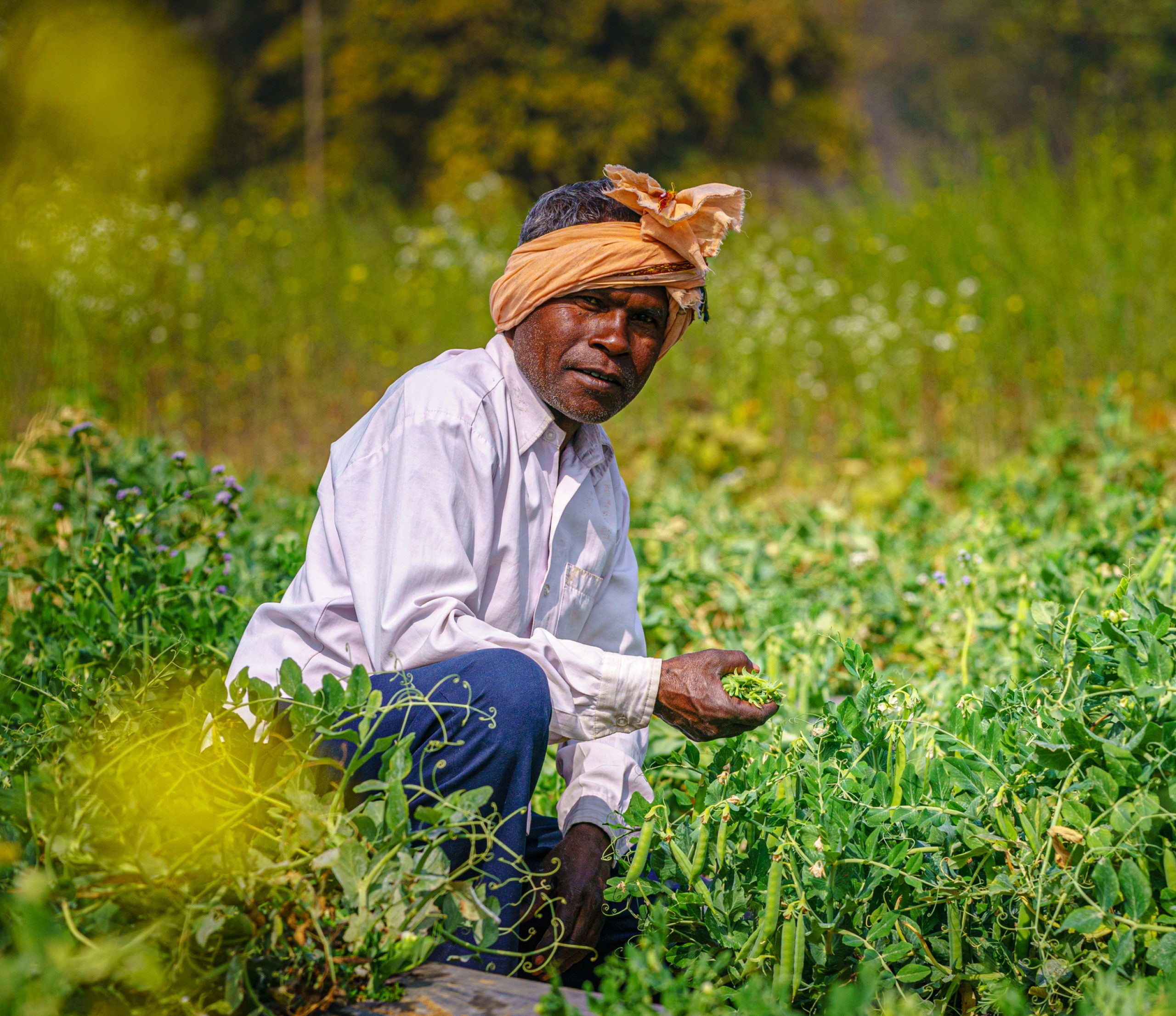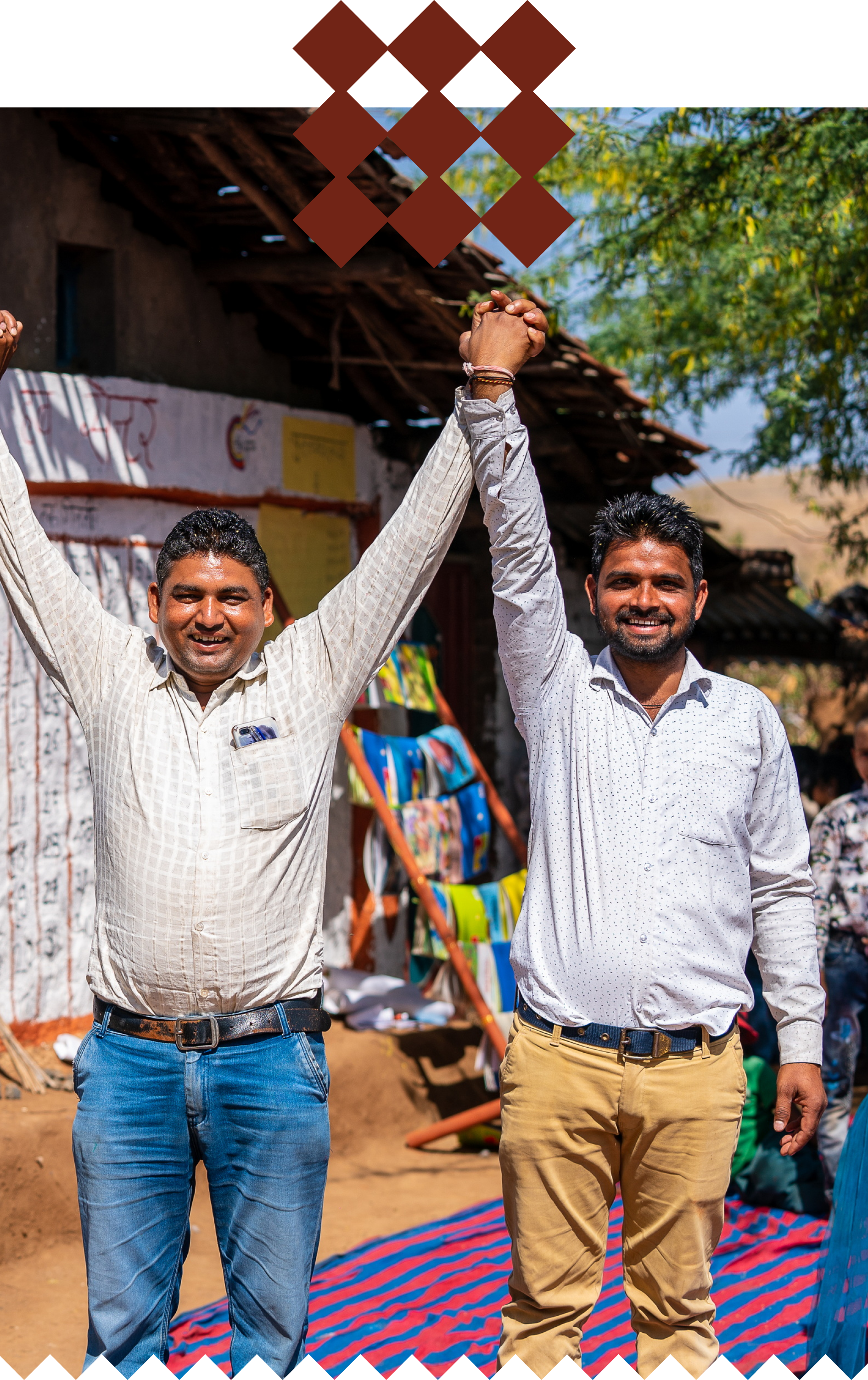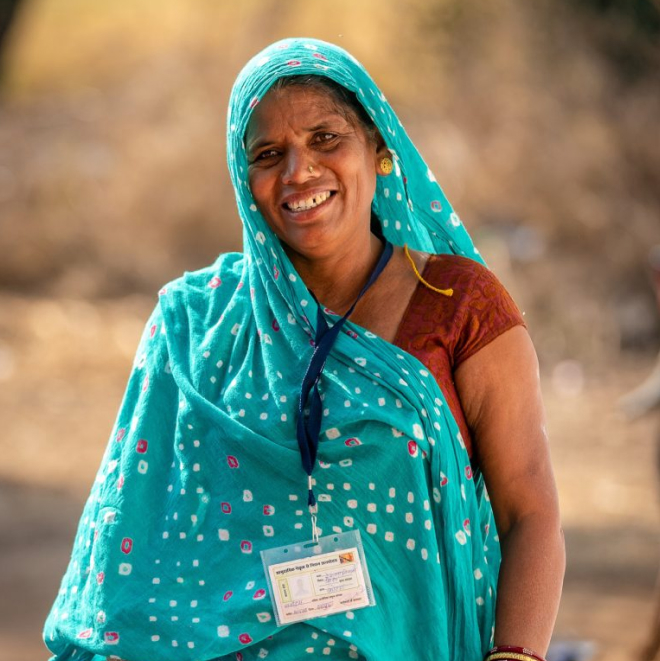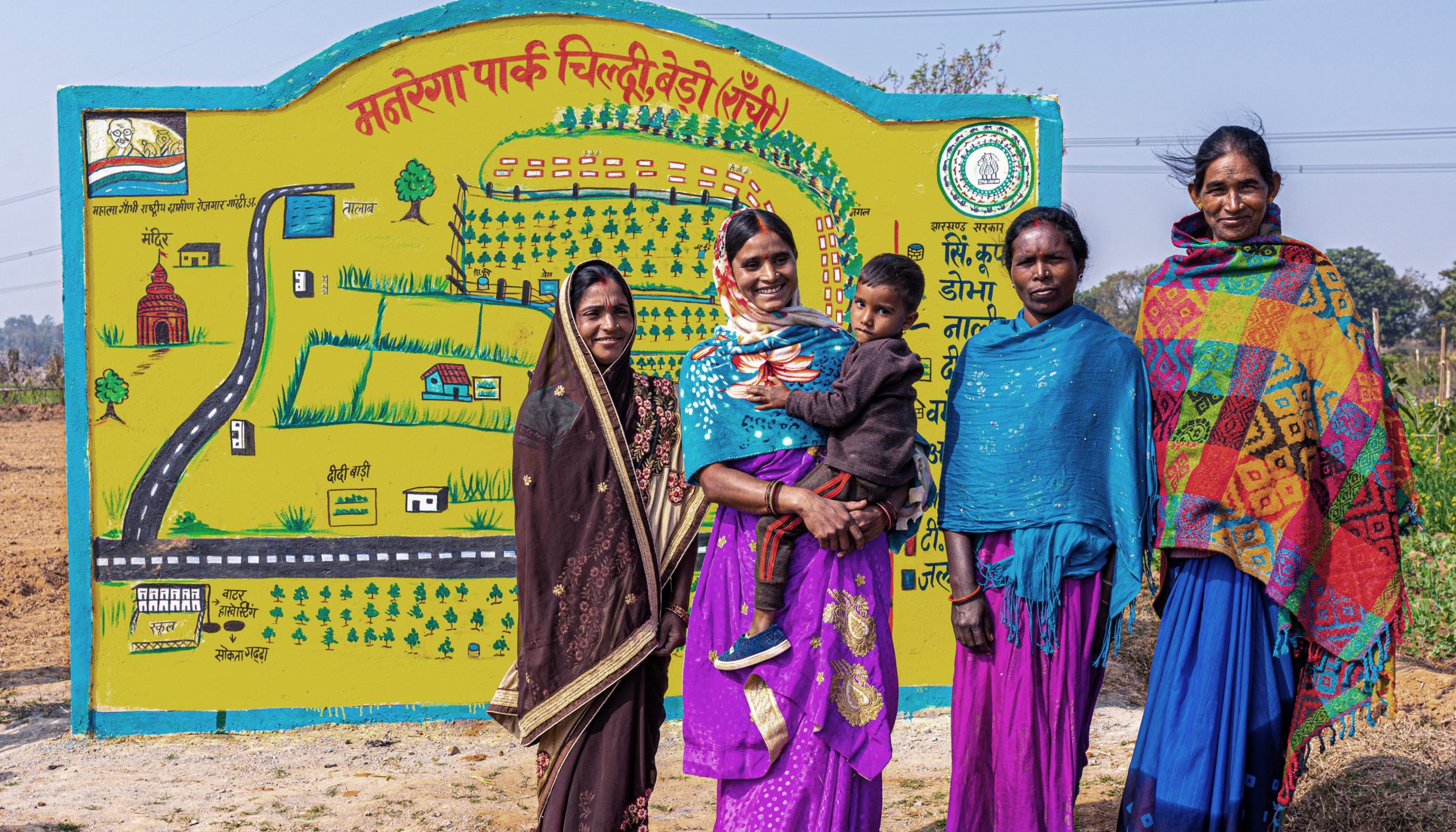Acute poverty is the biggest obstacle to rural development in India. And without access to basic resources and opportunities, poverty becomes a debilitating trap for generations to come.

This poverty trap is enforced by limited livelihood options, inaccessible government support systems, inadequate healthcare, poor nutrition and low literacy rates. Breaking free from this cycle is challenging. All it takes is one unexpected event – from a sick family member to a bad crop – to push people back into poverty. On top of that, a fatalistic attitude among India’s poor limits their belief in prosperity and empowerment.

We strive to create a steady income for poor rural communities by shifting attitudes, improving income sources and teaching self-sustaining skills. A steady stream of income can provide security in unseen circumstances and be the buffer against slipping back into the cycle of poverty.
Strengthening agricultural production systems by introducing better farming techniques, diversifying into winner crops and harnessing solar power for irrigation. By encouraging collaboration among farmers and fostering entrepreneurship, we facilitate large-scale transformations that generate higher income opportunities for the whole community.
Through our Youth Employability and Entrepreneurship program, we provide expertise and support to young people to start businesses and find employment. These hubs offer job opportunity mapping, training in essential skills, like bookkeeping and digital payment methods, and overall skill development.
We empower women collectives by enhancing their skills, creating demand for their goods and services, and helping build and access markets. The intention is to ensure the most vulnerable are equipped to face the uncertainties of the future.


Influencers from the local community – the sarthis (mentors) and the coordinators at Yuva Compass, take the lead to identify the needs of the community and initiate conversations about building skills for a steady income.


Taking into account the needs of each prospective beneficiary, their abilities and competencies, we arrive at what will work best. This ensures the beneficiaries benefit from the business opportunities or programs developed.


Mentors connect the youth to the right training and skilling programs, help them with better farming methods and ensure access to agri-products. They also train the young people in various soft skills. The youth hubs also provide access to laptops, smartphones and maintain a record of progress for each participant.


Volunteers observe, listen and work with the community to tweak our programs to meet each community’s aspirational needs. The objective is to ensure empowerment, so that the right livelihood can lift them out of poverty.

Vashni is a part of a self-help group in her village in Madhya Pradesh. As part of a government program to encourage livelihoods, TRI was able to help her get black hens, which are of high value in the poultry industry. Demand for the local black breed, Kadaknath, has surged in recent years as it’s valued for its low-fat, high protein content as well as its medicinal properties.
Vashni Dalia Bamaniya, Sutrati village

Reach us at
TRI Square,
43 Community Centre Zamrudpur,
Kailash Colony Extension,
Behind Hanuman Mandir,
New Delhi,
Delhi 110048
+91 11 43068096